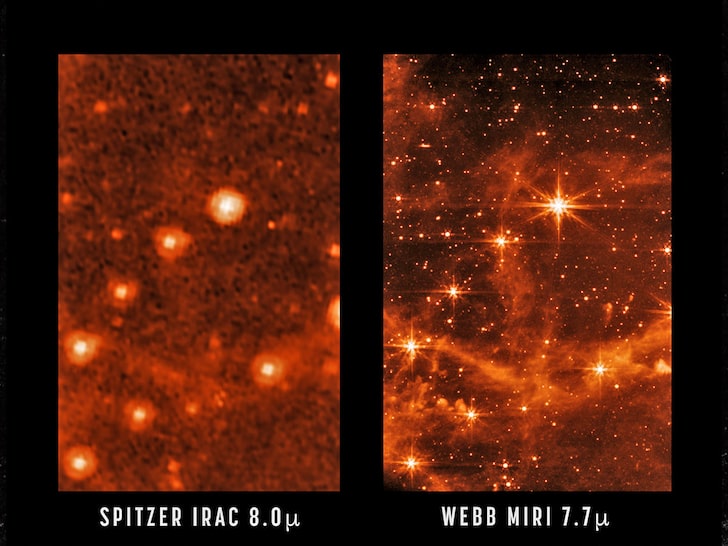It’s news like this that can make people feel very, very small.

About 26,000 light years away from our own solar system is a ginormous supermassive black hole called Sagittarius A* (pronounced Sagittarius A star). Though astrophysicists have known about the existence of Sagittarius A* for nearly 50 years now, the first-ever photo evidence of Sagittarius A* was just released Thursday.
Everything in our 13.6-billion-year-old Milky Way galaxy orbits around Sagittarius A*.
The new photograph, released in a special issue of Astrophysical Journal Letters, shows an orangish “ring-like” structure around Sagittarius A*, which is a hot gas material surrounding the black hole’s shadow. The black hole itself is invisible, as are all black holes.
According to Space.com, Sagittarius A* is “mostly dormant and only occasionally absorbs gas or dust, but nonetheless has an estimated mass millions times that of our sun.” Astrophysicists are not yet sure what caused the creation of the supermassive black hole Sagittarius A*.
Using the Event Horizon Telescope (EHT), astronomers were able to capture the photograph. To do so, EHT had to be created using a large network of radio telescopes in six locations around the globe: Chile, Mexico, Spain, Hawaii, Arizona and the South Pole.
It was the EHT that took a picture of the black hole in a galaxy known as M87, which is some 54 million light years from our Milky Way. That image, released in April 2019, was the first-ever photo of a black hole.

Scientists now hope the information about Sagittarius A* will provide further insight into the early history of the universe and the role black holes play in space.
Still, the photograph of Sagittarius A* is not the only news exciting space enthusiasts this week.
On Monday, the James Webb Space Telescope (JWST) captured stunning new images of a neighbouring satellite galaxy.
The photos show the Large Magellanic Cloud, a small galaxy near the larger Milky Way, and when compared with Spitzer’s photos, the new test images reveal unprecedented details of interstellar gas between the stars.
“It’s not until you actually see the kind of image that it delivers that you really internalize and go ‘wow!’” University of Arizona’s Marcia Rieke, chief scientist for Webb’s near-infrared camera, told a press conference Monday. “Just think of what we’re going to learn.”
— With files from Global News’ Michelle Butterfield.





Comments